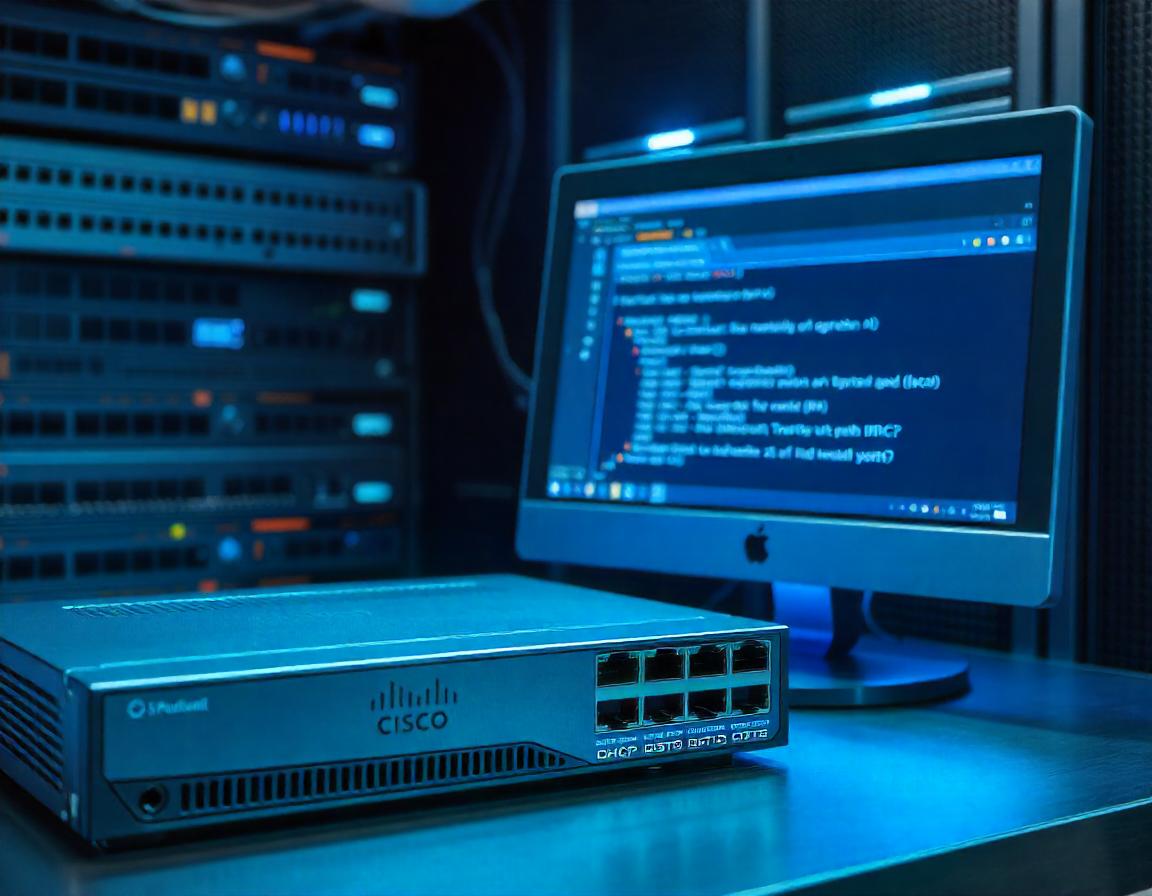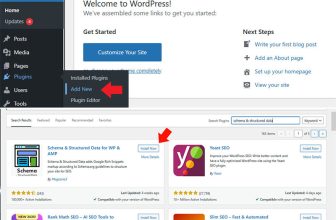
A Step-by-Step Guide for Seamless Network Management
Are you ready to take your networking skills to the next level? If you’re working with Cisco routers, one of the most powerful features you’ll want to master is DHCP (Dynamic Host Configuration Protocol). Configuring DHCP on a Cisco router automates the process of assigning IP addresses to devices on your network, saving you time and minimizing manual errors.
Whether you’re managing a small office network or designing a more complex enterprise setup, setting up DHCP on a Cisco router is essential for smooth network operations. In this guide, we’ll walk you through the steps of configuring DHCP on a Cisco router, while making the process simple, clear, and motivational. You’ll not only learn the steps but also understand why this configuration is a game-changer for your network.
Let’s dive in and start simplifying network management with Cisco routers!
What is DHCP and Why Should You Configure It on a Cisco Router?
Before we jump into the configuration steps, let’s quickly review what DHCP is and why it’s so important for your network.
DHCP is a protocol that automatically assigns IP addresses to devices on a network. Instead of manually assigning static IP addresses to each device (which can be time-consuming and prone to mistakes), DHCP allows devices like computers, printers, smartphones, and other networked devices to automatically receive their IP addresses from a central DHCP server—like your Cisco router.
Why should you configure DHCP?
- Saves Time: No more manually assigning IP addresses to each device.
- Reduces Errors: DHCP minimizes the chance of IP address conflicts or misconfigurations.
- Improves Scalability: As your network grows, DHCP simplifies the process of adding new devices.
Now that we understand the importance of DHCP, let’s move on to the actual configuration process!
Step-by-Step Guide: How to Configure DHCP on a Cisco Router
Let’s get hands-on! Follow these simple steps to configure DHCP on your Cisco router:
Step 1: Connect to Your Cisco Router
First things first—make sure you have access to the router. This can be done through:
- Console Access: Connect using a serial cable to the router’s console port.
- Telnet or SSH: If your router is configured for remote access, use Telnet or SSH to log in.
Once you’re connected, enter privileged exec mode by typing:
enableStep 2: Enter Global Configuration Mode
Next, you need to enter global configuration mode to make changes to the router’s settings. Type:
configure terminalYou’ll now be in a mode where you can make network-wide changes to your Cisco router.
Step 3: Define the DHCP Pool
The next step is to define the DHCP pool—this is the range of IP addresses that the router will assign to devices on your network. You can do this by using the ip dhcp pool command. For example:
ip dhcp pool MY_POOLHere, MY_POOL is just a name for your pool, and you can name it whatever you like.
Step 4: Set the Network and Subnet Information
Once inside the DHCP pool configuration, you’ll need to specify the network and subnet mask for the IP addresses the router will assign. Use the network command to set this up. For example:
network 192.168.1.0 255.255.255.0This tells the router that it should assign IP addresses from the 192.168.1.0/24 network. Make sure the network you choose matches your router’s interface IP address range!
Step 5: Define the Default Gateway
Next, you’ll want to set the default gateway for devices on your network. The default gateway is usually the router’s own IP address. Use the default-router command to set it:
default-router 192.168.1.1This tells DHCP clients to use the router (192.168.1.1) as their default gateway for accessing devices outside of the local network.
Step 6: Set the DNS Server (Optional)
You can also configure a DNS server for devices on the network. If you want the devices to use a specific DNS server (like Google’s 8.8.8.8 or your internal DNS server), use the dns-server command:
dns-server 8.8.8.8This step is optional but helpful for ensuring your devices can resolve domain names.
Step 7: Exclude IP Addresses (Optional)
In some cases, you might want to exclude specific IP addresses from being assigned by DHCP—such as for devices like printers, servers, or networked printers that you want to assign static IP addresses to. You can exclude IP addresses with the ip dhcp excluded-address command. For example:
ip dhcp excluded-address 192.168.1.1 192.168.1.10This ensures that the router will not assign IP addresses in the range 192.168.1.1 to 192.168.1.10 to DHCP clients.
Step 8: Enable DHCP Service
Once you’ve configured the DHCP pool, make sure that the DHCP service is enabled on the router. This is done by ensuring the router’s interface that’s connected to the local network has an IP address in the same subnet as the DHCP pool. Then, enable DHCP on the router by typing:
service dhcpStep 9: Verify the DHCP Configuration
Now that you’ve completed the configuration, it’s time to verify that everything is working correctly. You can use the following commands to check:
To check the DHCP bindings (assigned IPs):
show ip dhcp bindingTo check the DHCP pool status:
show ip dhcp poolTo check the router’s DHCP settings:
show running-config | include dhcpThese commands will confirm that your DHCP server is functioning and assigning IP addresses to devices correctly.
Troubleshooting Tips
If your devices aren’t receiving IP addresses, here are a few common issues to check:
- Incorrect Network Configuration: Ensure the network and subnet mask match the router’s interface IP address range.
- DHCP Exclusion Range: Make sure you’re not excluding too many IP addresses for the DHCP pool to assign.
- Router Interface Down: Verify the interface connected to the local network is up and running.
Why DHCP is a Game-Changer for Network Management
Now that you know how to configure DHCP on your Cisco router, let’s take a moment to reflect on why this simple feature is so powerful.
- Automatic IP Assignment: DHCP takes care of IP assignment automatically, meaning you don’t need to manually configure every device.
- Better Control: By configuring DHCP on your Cisco router, you gain greater control over your network’s IP addressing scheme.
- Error Reduction: Automated IP address assignment means fewer mistakes and fewer conflicts.
- Time Savings: Especially for larger networks, DHCP dramatically reduces the administrative overhead of managing IP addresses.
Mastering DHCP for a Seamless Network
Congratulations! You’ve just learned how to configure DHCP on a Cisco router, and you’re well on your way to streamlining your network management process. Whether you’re a beginner or an experienced network admin, mastering DHCP is an essential skill that can help you save time, reduce errors, and ensure smooth operations on your network.
By implementing DHCP, you can ensure that your network remains scalable and easy to manage, even as the number of connected devices grows. Ready to continue growing your networking knowledge? Keep exploring, and let the world of Cisco networking open up new possibilities for you.
Key Takeaways:
- DHCP automates IP address assignment, saving time and reducing errors.
- Configuring DHCP on a Cisco router requires setting up a DHCP pool, defining network settings, and enabling the service.
- Use excluded addresses to keep certain IPs static for critical devices like printers or servers.
With this guide, you’re fully equipped to configure DHCP on your Cisco router and set your network up for success.





